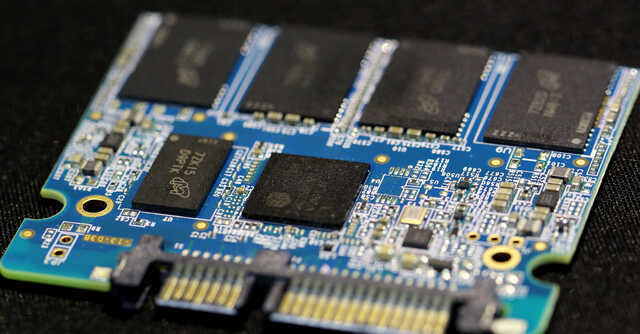
Micron starts shipment of 176-layer QLC SSDs for client devices


Micron Technology, a US-based computer memory and storage provider, said it has started the shipments of solid-state drives (SSD) based on the new 176-layer QLC NAND architecture.
The first crop of products based on the new architecture include the Micron 2400 solid-state drives (SSD), which is meant for client applications. The company said the new architecture will also be incorporated in consumer SSDs.
NAND is a type of flash storage that doesn’t require power to store data. It is mostly used in memory cards, USB flash drives, solid-state drives, and smartphones. QLC or quad-level flash is a variant of NAND that offers four bits per cell as compared to triple-level cell (TCL), resulting in 1.3 times higher capacity to store more data. This also makes QLC more cost-effective.

Also read: Impact of chip shortage on PC shipments likely to ease in 2022: report
Micron claimed that its new 176-layer QLC NAND offers 33% higher input/output speed and 24% lower read latency than its previous-gen 128-layer QLC NAND solution.
The company said the new technology will boost the adoption of QLC SSDs in the client PC market, which is expected to triple by 2023.

Combined with PCIe Gen 4- and 176-layers NAND, the new Micron 2400 SSD will offer two times better performance and 23% faster read time, resulting in faster boot and application load time, the company said.
According to Micron, the 2400 SSD is their first 2 TB 22x30mm M.2 SSD and will take up 63% less space as compared to 22x80mm M.2 SSD. The company also claimed that the new SSD is designed to fulfil the requirements of Intel’s Project Athena and can boost battery backup in laptops.
